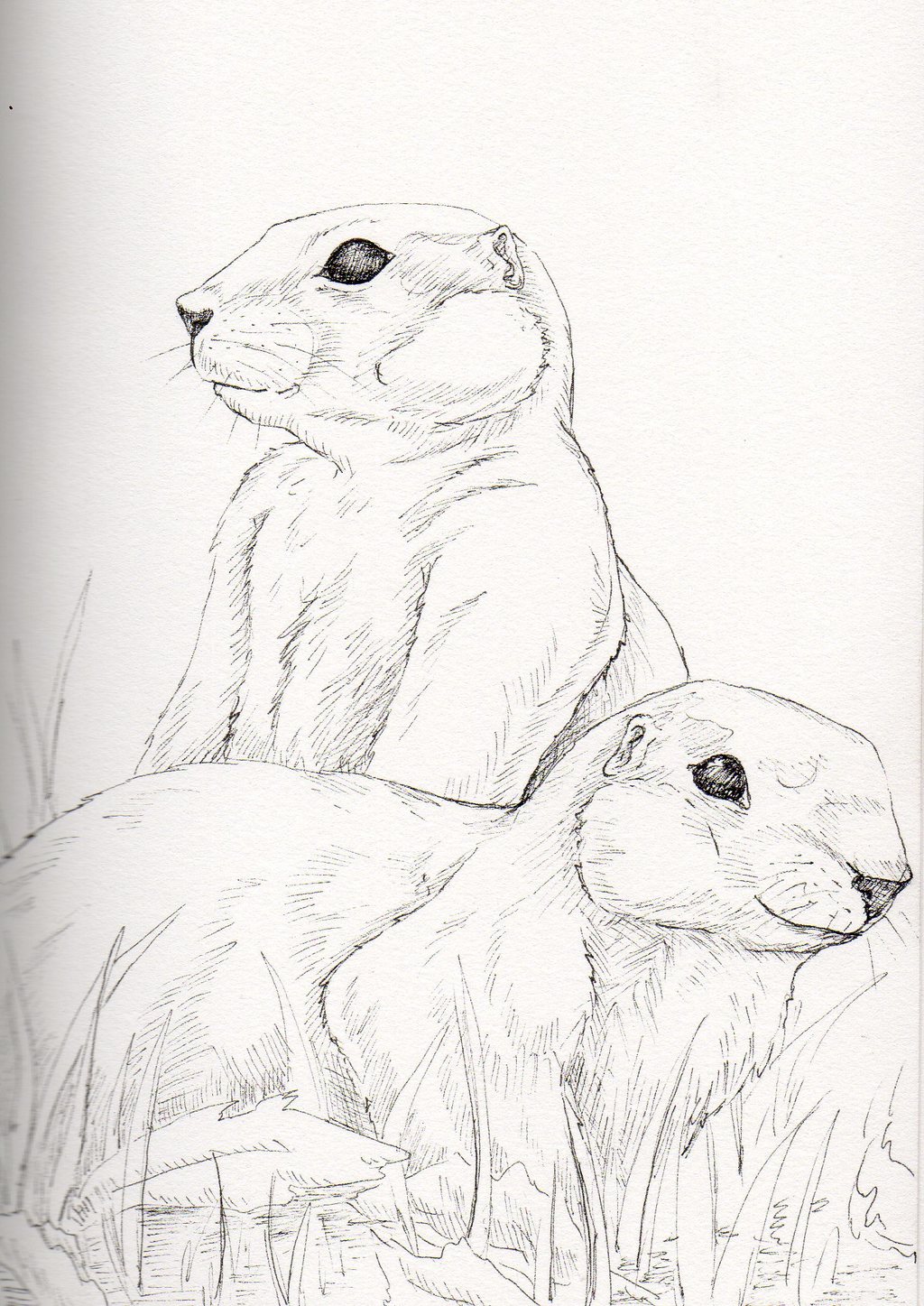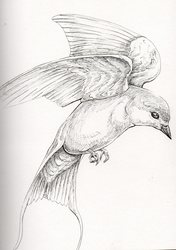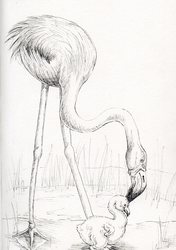Sign In
CloseTotem of the day is Gopher! In order to reach your goals you may have to work backwards now and then, but do not let this bring you down. Moving forward will require taking responsibility for your own advancement including what choices you make as well as your achievements and errors. Make sure to look deeper than the surface of the people and situations around you and work on stocking up the resources in your home for the coming time. The Gopher spirit guide is known for it's connection to uncovering hidden truths, attuning to spiritual and physical vibrations, listening, community, and resources. Gopher shows up as a reminder to stop rushing and to simply listen to both those around you as well as the strong intuition and instinct within yourself. Gopher helps to teach us to pay attention to the flow of energy and vibrations around us for deeper understanding of the world. At times, we may come to a crossroads of opportunities and Gopher can help to teach us how to dig down for knowledge and resources to make this choice. A Gopher has multiple meanings in Native American culture depending on the tribe. In northern California tribes, A gopher digging near a home was thought to be an omen of illness while in the Karuk tribe it is considered bad luck to kill or eat a gopher. Gophers occur at times as healers while, in other tribes, it was a symbol of death or a messenger of the underworld. In Klamath folklore, Gopher was the younger brother of the Creator and helped within the creation myth. People who connect with Gopher are always prepared for any event with a love of building things with their own hands. These individuals enjoy delving into knowledge to find any bits of information that they can use and are highly sensitive to vibrations and loud noises. Make sure to live and work in areas that will not be harmful due to this sensitivity to harsh vibrations and noises. This sensitivity to vibrations builds up as a wealth of inner wisdom and guidance these individuals can pull from.
Gopher, Spermophilus Richardsonii, are omnivorous mammals that can live up to 5 years in the wild. These animals are a part of the rodent family and consists of two primarily species: the Pocket Gopher and the Richardsons ground squirrel. However, there are around 35 species of Gopher. These animals live throughout Central and North America. Pocket Gophers earn their name by the fur-lined cheek pouches that are actually pockets that reach all the way to their shoulders. These specialized pockets are used to carry food while traveling and can actually be turned inside out. They also possess four large incisors that will grow throughout their life. They are even able to close their lips behind their teeth to keep dig from getting in their mouth while they dig. Their tiny bodies are adapted perfectly for digging, possessing small ears and eyes with no distinct neck. Powerful, short legs are ended in broad feet with large claws. An adult gopher grows to approximately 12 inches in length and weighing only around 35 oz. These expert diggers are known for their massive subterranean chambers and connecting networks of tunnels often called gopher towns. Although gophers are solitary animals, a single gopher town can reach vast distances and house thousands of individual gophers. Some tunnels can reach from 200 to 2,000 square feet. They prefer loose, sandy soil that they push to the surface as they did which creates a mounds along the ground. Adult gophers will generally hang around the front of a gopher town in order to watch for danger and whistle to alert the others. Most of a Gophers activities will be underground such as eating, sleeping, foraging, and evening having babies. They are diurnal animals, or active during the day. The chambers of a gopher home can be as deep as 6ft and are used to store vast quantities of food. Sometimes, a gopher will only pop itself out of a "feed hole" in order to grab a nearby plant, yanking it out by the roots or just nibbling at one before returning underground. A gopher's diet consists of mostly the roots and tubers of plants, but they are also known to eat the tops of plants. Reproduction often depends on the amount of water that a female gopher has access to. In areas with less water, a female will give birth to only one litter per year while, in areas with more water, a female gopher can give birth to up to three litters a year. Litters generally consist of 5 to 6 baby gophers called pups that will stay with the mother for only a few weeks. After that, the mother will send them out onto their own where they will find or dig their own burrows.
Submission Information
- Views:
- 421
- Comments:
- 0
- Favorites:
- 1
- Rating:
- General
- Category:
- Visual / Traditional




